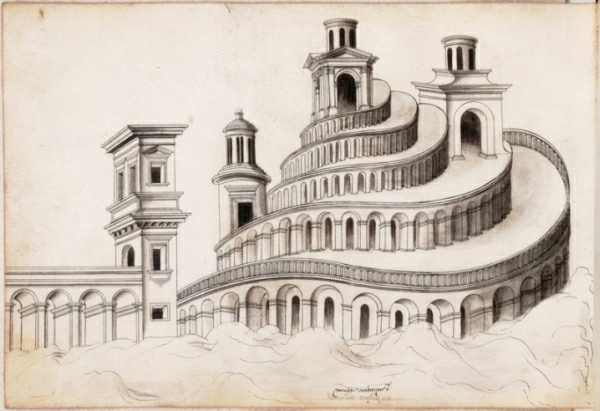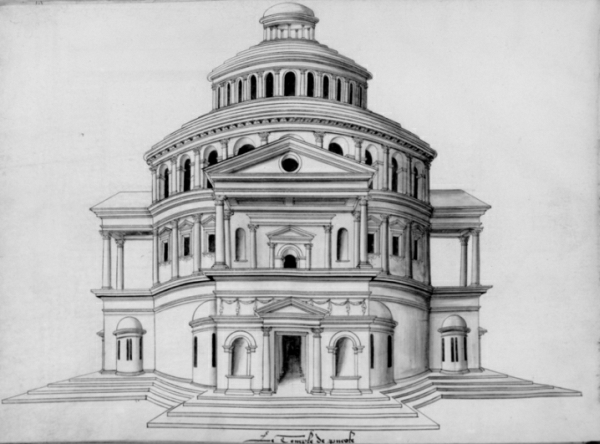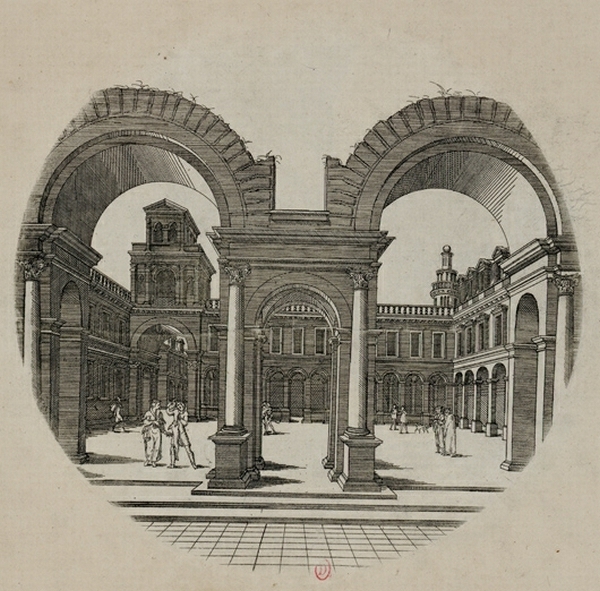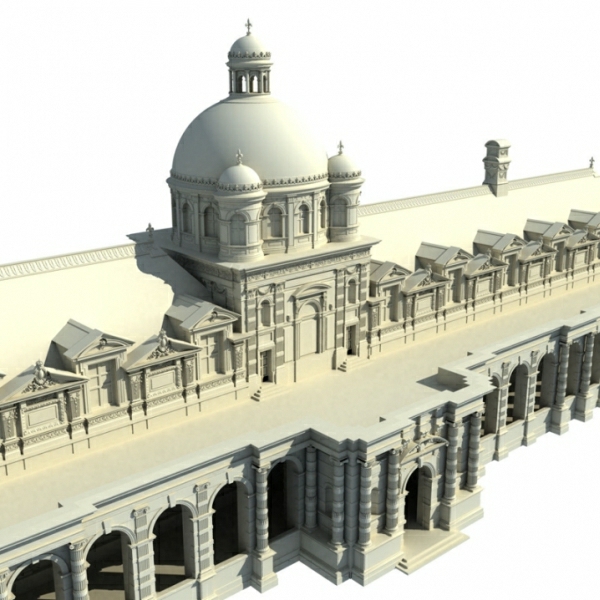Androuet du Cerceau 1520-1586
A francia st├Łlus├║ ├®p├Łt├®szet megalkot├│ja?
Cit├® de l’Architecture & du Patrimoine, P├Īrizs, ┬Ā2010. febru├Īr 10 ŌĆō m├Ījus 9.
Jacques Androuet du Cerceau grafikai hagyat├®k├Īb├│l rendezett ki├Īll├Łt├Īson a l├Ītogat├│ elmer├╝lhet a val├│s vagy k├®pzelt vil├Īg r├®szleteiben, a rajzolt ├®p├╝letek ├®s szobrok k├Člt┼æi fant├Īziavil├Īg├Īban.
Multim├®dia, interakt├Łv oktat├Īsi eszk├Čz├Čk, valamint a leg├®rt├®kesebb eredeti dokumentumok megtekint├®s├®vel egy├╝tt v├Īlik lehet┼æv├® Cerceau m┼▒vei evol├║ci├│j├Īnak meg├®rt├®se, amely “francia st├Łlus├║ ├®p├Łt┼æm┼▒v├®szet├®t” f┼æ m┼▒v├®ig, az 1576 ├®s 1579 k├Čz├Čtt megjelent els┼æ ├®p├Łt├®szeti antol├│gi├Īig: “Les plus excellents b├ótiments de France” (A legszebb ├®p├╝letek Franciaorsz├Īgban) k├Čveti nyomon.
Ez az els┼æ alkalom, hogy az az ├Čt rajz, amelyeken ez a munka alapul ŌĆō ├®s amelyeket a British Museum adott k├Člcs├Čn ŌĆō bemutat├Īsra ker├╝lt Franciaorsz├Īgban, a Valois-h├Īznak, Cerceau f┼æ t├Īmogat├│j├Īnak aj├Īnlott nyomatokkal egy├╝tt.
Az ├®p├Łt├®szetet ├®s a monument├Īlis dekor├Īci├│t azonban nem lehet megfelel┼æ kontextus n├®lk├╝l ├®rtelmezni. Ez magyar├Īzza, hogy a 19. sz├Īzadban k├®sz├╝lt, Viollet-le-Duc ├Īltal elv├Īrt m├║zeumi projekt l├®nyeg├®t megalapoz├│, ma a Mus├®e des Monuments fran├¦ais-hez tartoz├│ d├Łsz├Łt┼æelemek is ki├Īll├Łt├Īsra ker├╝ltek. Mindez lehet┼æv├® teszi, hogy a nyilv├Īnoss├Īg h├Īrom dimenzi├│ban fedezze fel a virtuozit├Īst ├®s eleg├Īns ├®p├Łt├®szeti ├®s dekor├Īci├│s elemeket a legszebb francia renesz├Īnsz kast├®lyokon: Chambord, ├ēcouen, Gaillon, Blois, stb. Annak ├®rdek├®ben, hogy ezt m├®g egy├®rtelm┼▒bb legyen, sz├Īmos t├Črt├®nelmi makett is ki├Īll├Łt├Īsra ker├╝lt, k├Čzt├╝k a m├Īra m├Īr elt┼▒nt kast├®ly, a Bury, a modernit├Īs 16. sz├Īzadi kezdet├®nek p├®ld├Īja; Chambord, ├®s a tal├Īn m├®g k├╝l├Čnlegesebb Catherine de Medici kert.
Mivel a lerombolt palota ├║jj├Ī├®p├Łt├®se k├Čr├╝li vit├Īk tov├Ībbra is megosztj├Īk a szakembereket, a m├®di├Īt ├®s a k├Čzv├®lem├®nyt, a Cit├® de l’Architecture & du Patrimoine ├║gy d├Čnt├Čtt, hogy Androuet du Cerceau rajzai┬Ā ├®s fejleszt├®sei r├®v├®n l├®trehozza a Tuilleri├Īk renesz├Īnsz kertj├®nek modellj├®t. Ez a l├Ītv├Īnyos makett 1:72 ar├Īnyban alkotja ├║jra a Bullant-pavilont ├®s a Jacques Androuet du Cerceau fi├Īnak (Jacques II) tulajdon├Łtott pavilont. Felt├®telezhet┼æ, hogy ┼æ volt az ├®p├Łt├®sze a Louvre V├Łzparti Gal├®ri├Īj├Īnak (Grande galerie du bord de l’eau). A kapcsolat a k├®t palota k├Čz├Čtt a makett seg├Łts├®g├®vel jobban ├®rthet┼æ. A modell k├Čzel n├®gy m├®ter hossz├║, kiemeli a r├®g├│ta megl├®v┼æ d├Łsz├Łt┼æ mot├Łvumok r├®szleteit, a Louvre Lescot f├®le udvar├Īval (Cour Carr├®e) egy├╝tt. 3D filmen a tov├Ībbi fejl┼æd├®st is k├Čvethet┼æ, eg├®szen addig, hogy milyen volt a palota III. Napoleon kor├Īban.
A ki├Īll├Łt├Īs Du Cerceau hallatlanul mai rajzi gondolkod├Īs├Īnak bemutat├Īsa, hozz├Ī lesz├Īrmazottainak, saj├Īt gyermekeinek ├®s unok├Īinak rajzaival eg├®szen a 19. sz├Īzadig fogja ├Čssze, az alkot├│k saj├Īt forr├Īsokb├│l vagy a vil├Īguk inspir├Īci├│b├│l sz├Īrmaz├│ m┼▒veik szimbolikus felid├®z├®s├®t.




